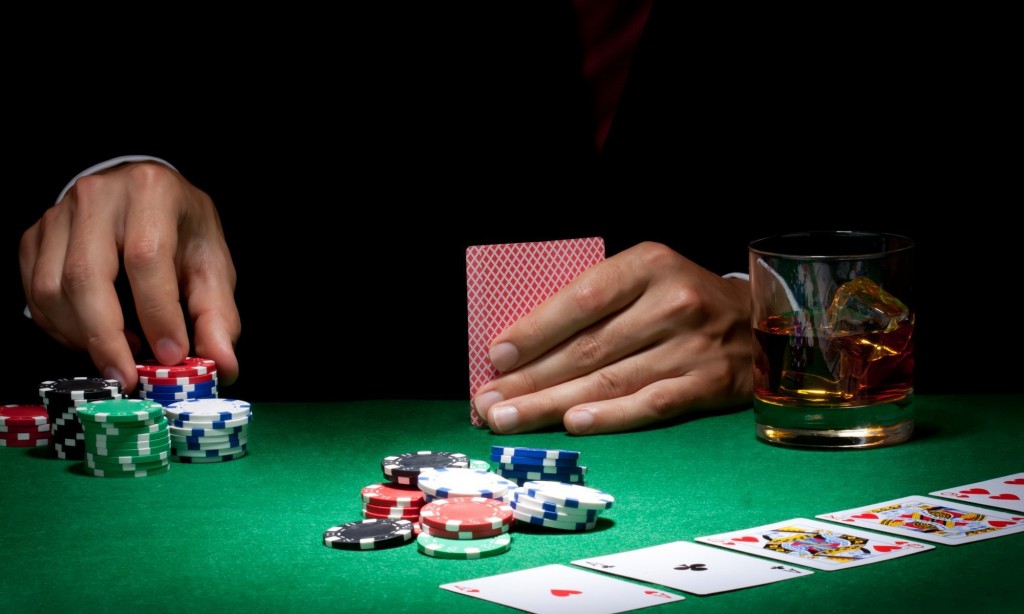
In the Science of Poker article series, we will discuss a relatively new mathematical paper published in 2015. The author of this article posits that preflop bluffing is a completely unprofitable activity. In order to understand this idea correctly, it is necessary to define the term bluffing.
The author California Jack Cassidy gives the following definition - a bet-or-raise strategy with the weakest hands. He implicitly refines this definition to include 10% of the worst hands (72o, 82o, etc.). Of course, this strategy seeks to force the opponent to fold the better hands and take the pot preflop.
Two mathematical tools - FlopShow - are developed to analyse these situationsn and HOM (Hand Order Maintained). The former simulates a simplified version of Texas Hold 'Em, where there are only two players and infinite chips. The second analyses how often the best hand preflop remains the best postflop.
The mathematical analysis shows that the HOM is about 61% when moving from preflop to flop. This means that the best hand remains the strongest hand about 61% times. Bluffing with a very weak range becomes unprofitable because the strength of the hand does not change often enough after the transition to the flop.
In poker practice, many regular players have already abandoned pure bluffing in preflop heads-up play. What the author refers to as semibleph is often used - isolation with hands like 64s and the like. These hands have the potential to connect with the board better than 72o or similar hands, but are not very strong in their own right. Postflop, these hands allow you to play more aggressively even if you don't get a pair, as there will often be a straight or flush draw.
One additional aspect to note in this study is that players have an infinite number of chips. Every regular poker player knows that the preflop game is very different in a shallow hand. The opponent is not as free to call a big raise or an ISO non all-in when the number of remaining blinds is low. Of course, in any case, we certainly won't make the mistake of nitpicking the worst hands and not trying to represent monster hands with 72o often.





